

Ben Zachariah
CarExpert's top five ute reviews of 2025
2 Days Ago
The new Amarok will be sold in Australia with a 222kW EcoBoost four that's related to the engine used in a Mustang and Focus ST.

Senior Contributor
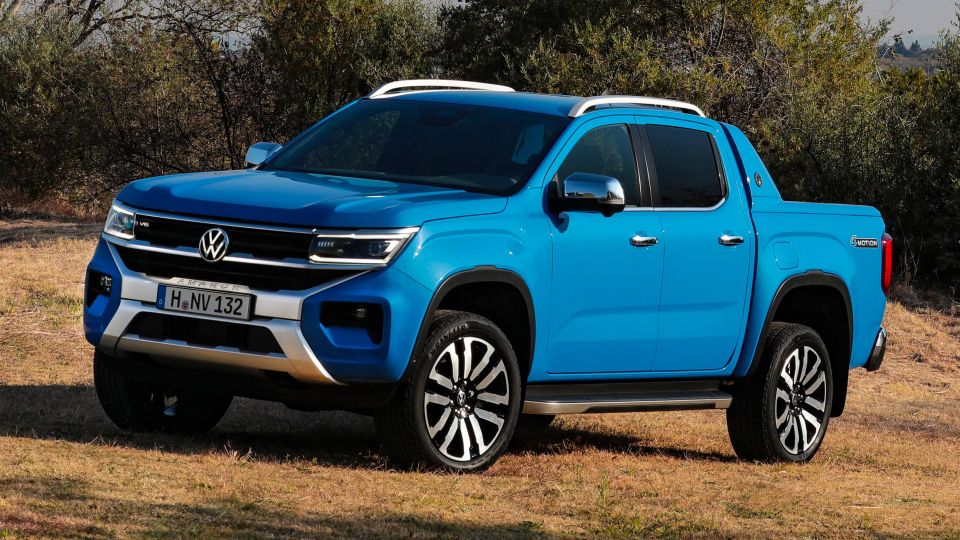

Senior Contributor
Of all the interesting things about the new-generation Volkswagen Amarok due in early 2023, the presence of a 2.3-litre turbocharged Ford EcoBoost petrol engine may top the list.
The prospect of a dual-cab Volkswagen with a reworked version of a Ford Performance force-fed four-pot is an intriguing one, which will stand alone in Australia’s terribly homogenous 4×4 ute market.
The new Amarok’s petrol engine produces a meaty 222kW of power and 452Nm of torque, with permanent all-wheel drive and a 10-speed automatic. These are not the figures of a gutless vehicle, by any means.
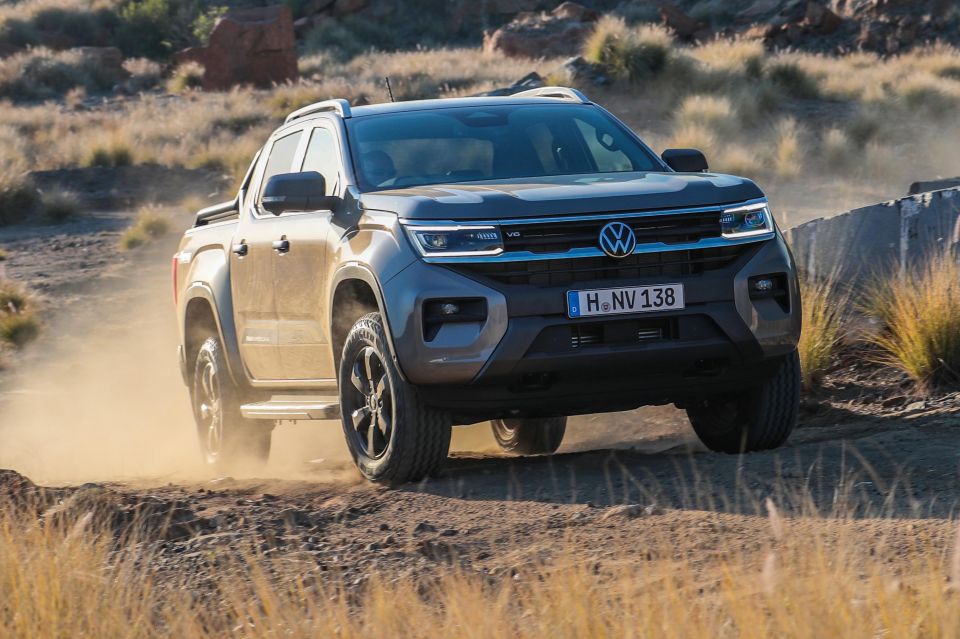
The same engine is naturally available in the new Ranger – the vehicle on which the new Amarok is based – but only in places like the Middle East and (eventually) the USA in new-generation form, when it gets there.
In Australia the Ranger will remain diesel-only aside from the turbo V6 petrol Raptor, which I’m sure you’ll agree is a different beast entirely, given it nudges six-figures drive-away.
There was a time where petrol engines weren’t such uncommon options in dual-cab utes, but today the only other vaguely comparable contender that offers petrol power is the Jeep Gladiator.
That or a much more expensive, large and thirsty Ram or Chevrolet full-size American V8 pickup.
MORE: 2023 Ford Ranger v Volkswagen Amarok design comparison
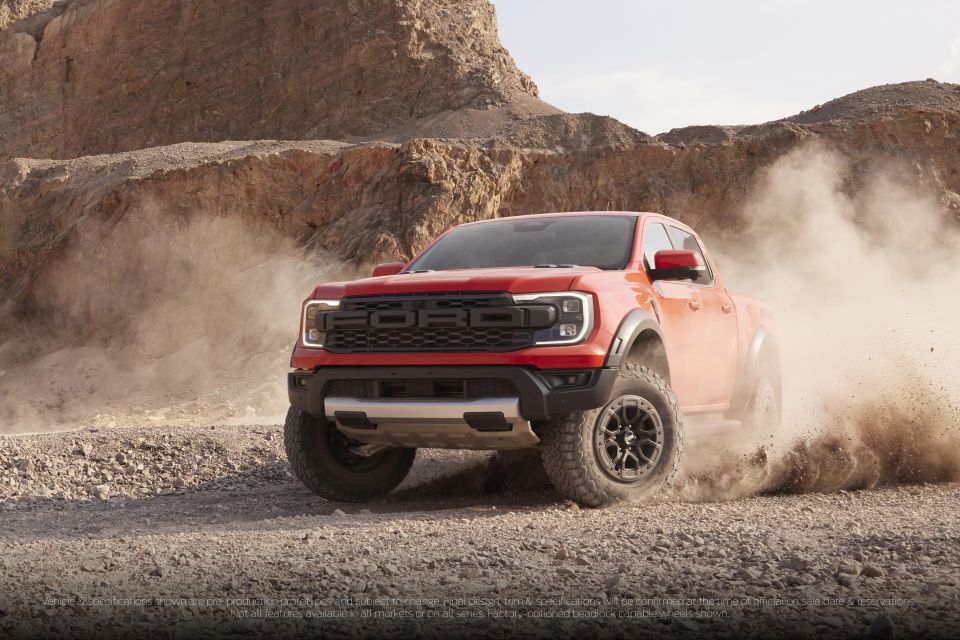
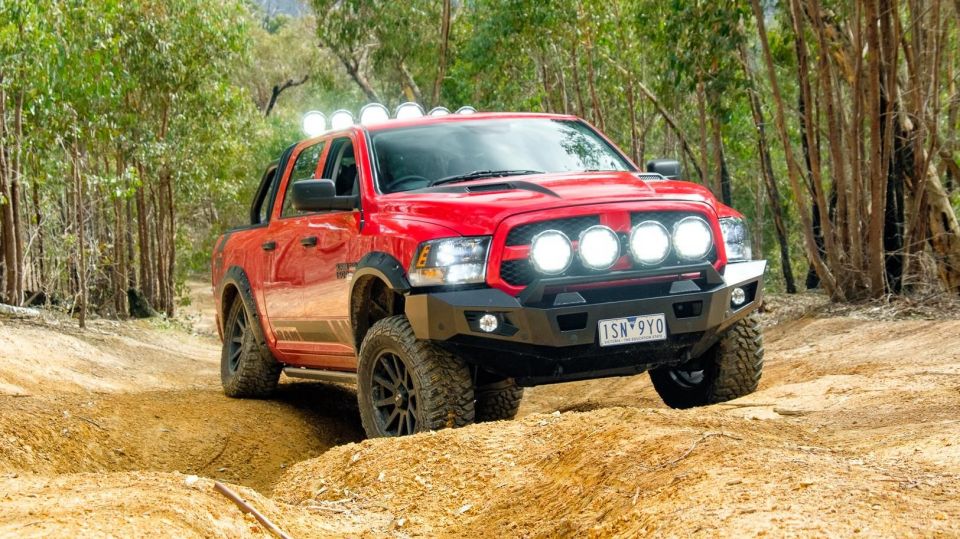
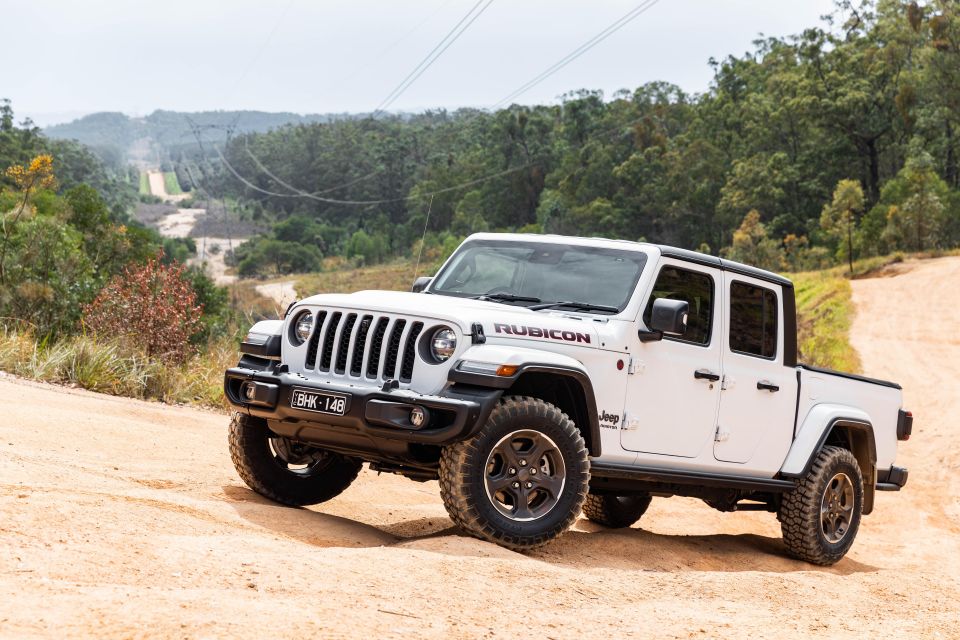
The rest – Toyota HiLux, Isuzu D-Max, Mazda BT-50, Nissan Navara, Mitsubishi Triton – are diesel-only in 4×4 dual-cab guise, a herd of coarse and rattly oil-burners that for some users seem like a square peg for a round hole.
Granted, for those people who tow regularly, the Amarok’s diesel options are clearly going to be a better bet than a four-cylinder petrol – particularly the 184kW and 600Nm V6.
And plenty of 4×4 enthusiasts prefer a diesel’s crawling characteristics off-road as well, with ample torque just off idle, and generally longer driving ranges.
As too do many regional folk, with their farms or stations usually furnished with diesel tanks for the heavy machinery.
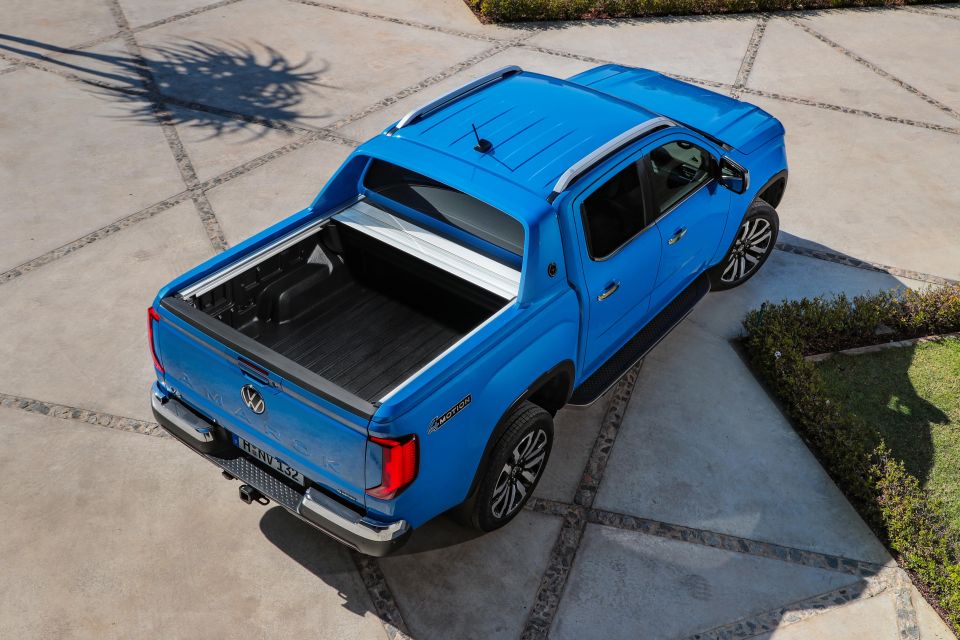
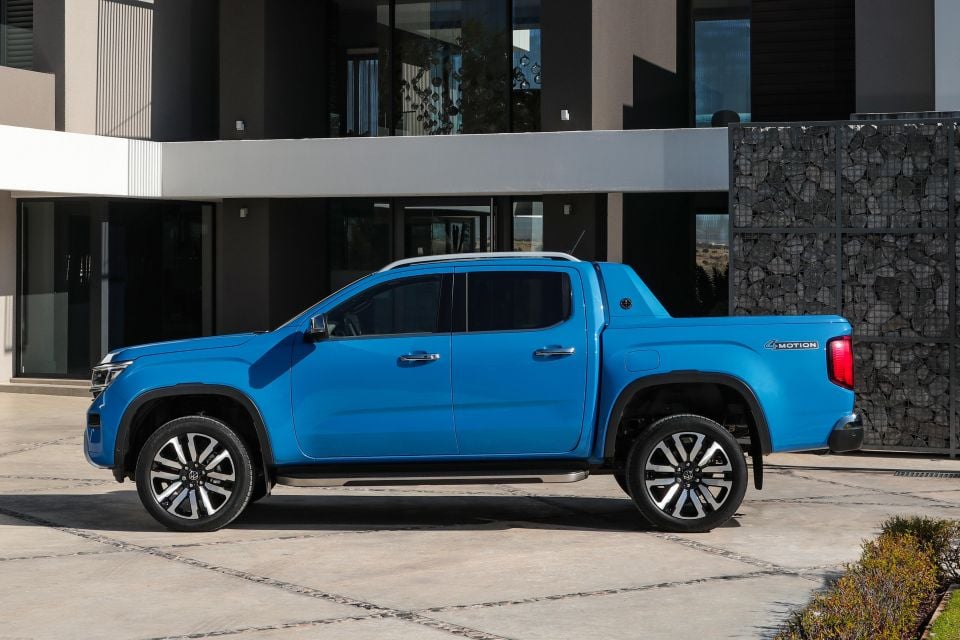
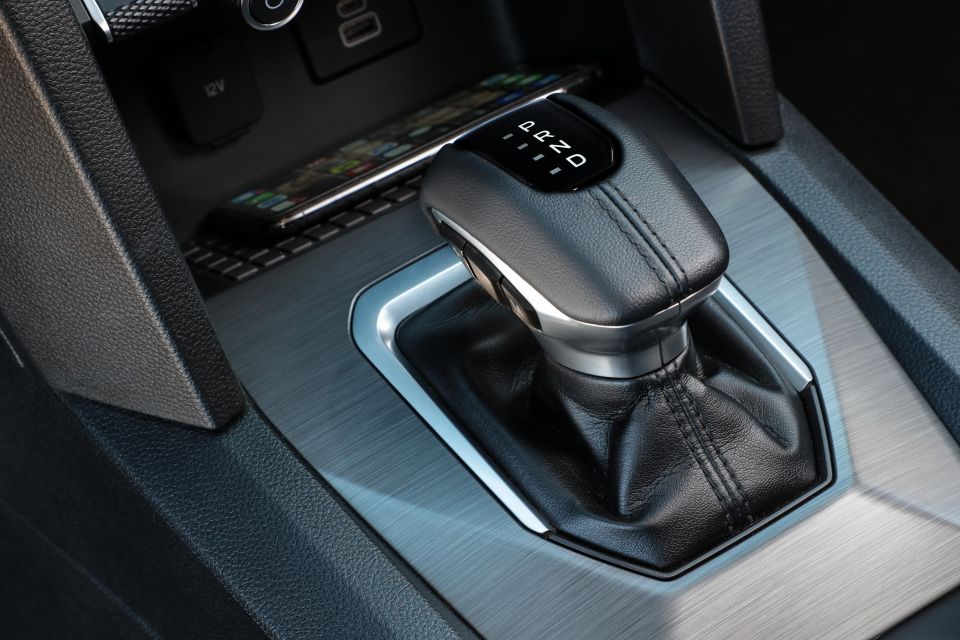
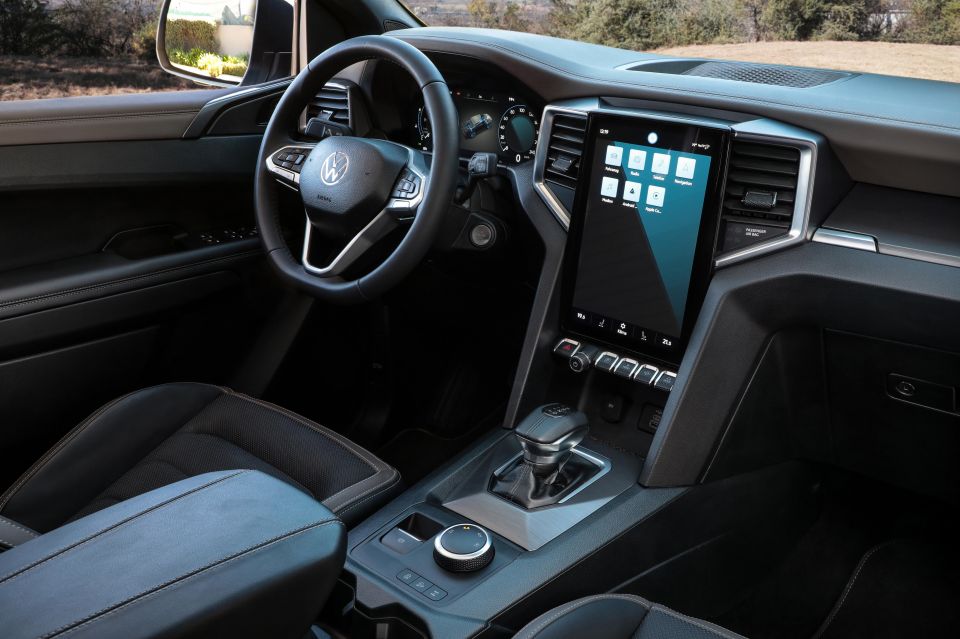
Yet how many $60,000-plus luxury dual-cabs with big touchscreens, leather seats and all the latest tech venture beyond the suburbs with any regularity? What proportion are instead driven as family or lifestyle vehicles rather than pure workhorses? SUVs with trays…
The answer to those questions are, respectively, ‘not nearly all of them’, and ‘a hell of a lot’.
For these use cases, a petrol engine should be quieter and more refined, punchier off the mark, and in the case of the small-displacement EcoBoost 2.3, scarcely more expensive to run than a diesel.
It also means you get to forgo AdBlue and diesel particulate filters, which some people find to be a concern, or at the least an annoyance.
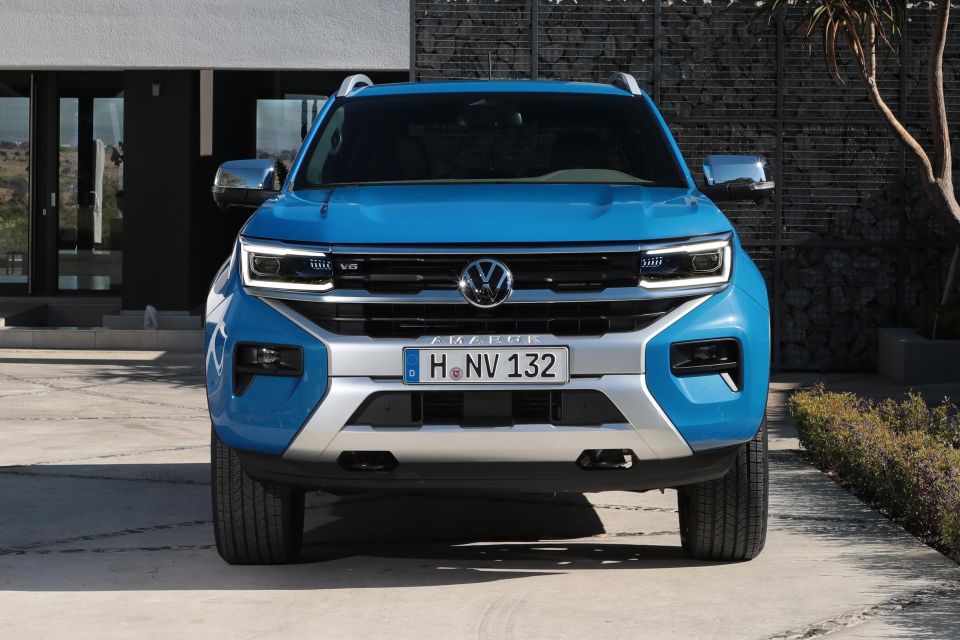
Let’s also not forget that for decades, the Aussie-made Holden and Ford utes we all love and miss relied on petrol power too, eh?
How many people buying an expensive dual-cab will value the choice of a smallish-displacement hot hatch-style petrol option?
It’s a question we can’t easily answer because so few options are out there. Certainly Volkswagen feels most buyers will go for the V6 diesel, but more choice is rarely a negative.
And I’d argue for a certain, increasingly common sort of ‘lifestyle’ buyer, there’s at least one great reason to wait for the VW instead of buying one of the dual-cabs on sale already.
MORE: Everything you need to know about the 2023 Volkswagen Amarok
Where expert car reviews meet expert car buying – CarExpert gives you trusted advice, personalised service and real savings on your next new car.


Ben Zachariah
2 Days Ago


Matt Campbell
2 Days Ago


Derek Fung
6 Days Ago


Damion Smy
9 Days Ago


Ben Zachariah
11 Days Ago


James Wong
16 Days Ago